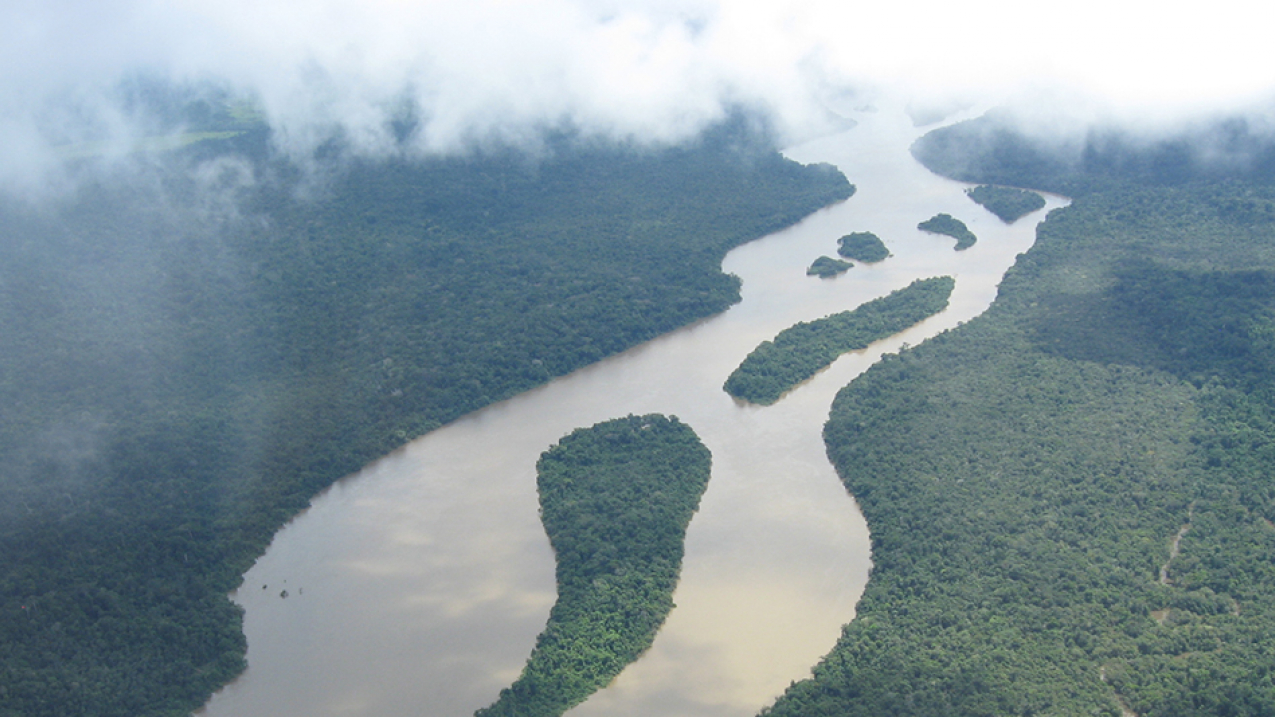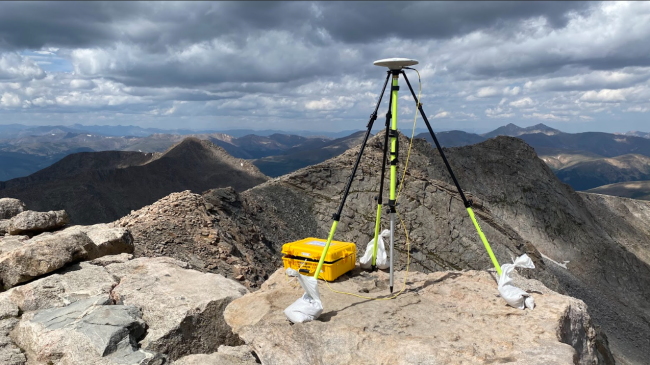
A discovery by a NOAA scientist has led to a new way of estimating how much carbon dioxide is taken up by plant communities, such as the Amazon rainforest. (Image credit: NOAA)
A trace gas present in the atmosphere in miniscule amounts is helping scientists answer one of the biggest questions out there: Has plant growth increased alongside rising levels of carbon dioxide in the atmosphere?
It turns out the answer is Yes – in a big way. A new study published in the April 6 edition of the journal Nature concludes that as emissions of carbon dioxide from burning fossil fuels have increased since the start of the 20th century, plants around the world are utilizing 30 percent more carbon dioxide (CO2), spurring plant growth.
In 2007, NOAA scientist Stephen Montzka wrote a pivotal paper that identified the trace gas, carbonyl sulfide, as a key to estimating how much CO2 plants are taking in as they grow.
Recently, Montzka was part of a team of scientists led by Elliot Campbell of University of California, Merced, that reviewed the 54,000-year record for atmospheric carbonyl sulfide from measurements of air trapped in the snowpack at the South Pole. “When we did, we discovered a massive, changing signal from the biosphere,” he says.
Why carbonyl sulfide?
Plants take up CO2 when they photosynthesize, but they release it when they respire, decay or are burned. That means that the removal rate of CO2 by plants can’t be directly estimated on global scales from measurements of CO2 alone.
But plants need other nutrients, including sulfur – and once they grab it, they don’t give it back. Carbonyl sulfide – or COS, a molecule comprised of a carbon atom, a sulfur atom and an oxygen atom – is found in tiny amounts (parts per trillion) in the atmosphere. Ongoing NOAA sampling and analysis of air trapped in Antarctic ice cores has enabled scientists to estimate changes in plant consumption of carbonyl sulfide during the past 100 years and then calculate how much CO2 plants are absorbing.
The study provides the first truly global estimate of the amount of CO2 that plants “fix” into their tissues like leaves in response to increasing concentrations of the gas over the past century. Montzka says that tracking COS will help scientists monitor how much carbon land plants are removing from the atmosphere as CO2 levels increase.
“These results will help us better predict the biosphere’s response to continued fossil fuel emissions – and ultimately improve our predictions of climate change.”
Read more about this study in the journal Nature. offsite link


